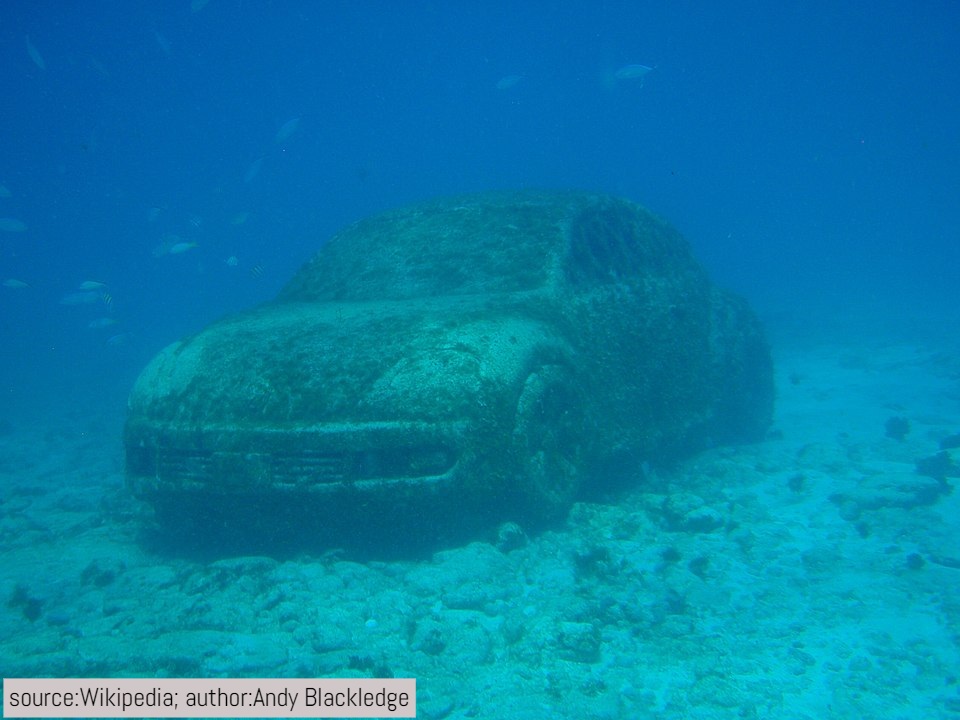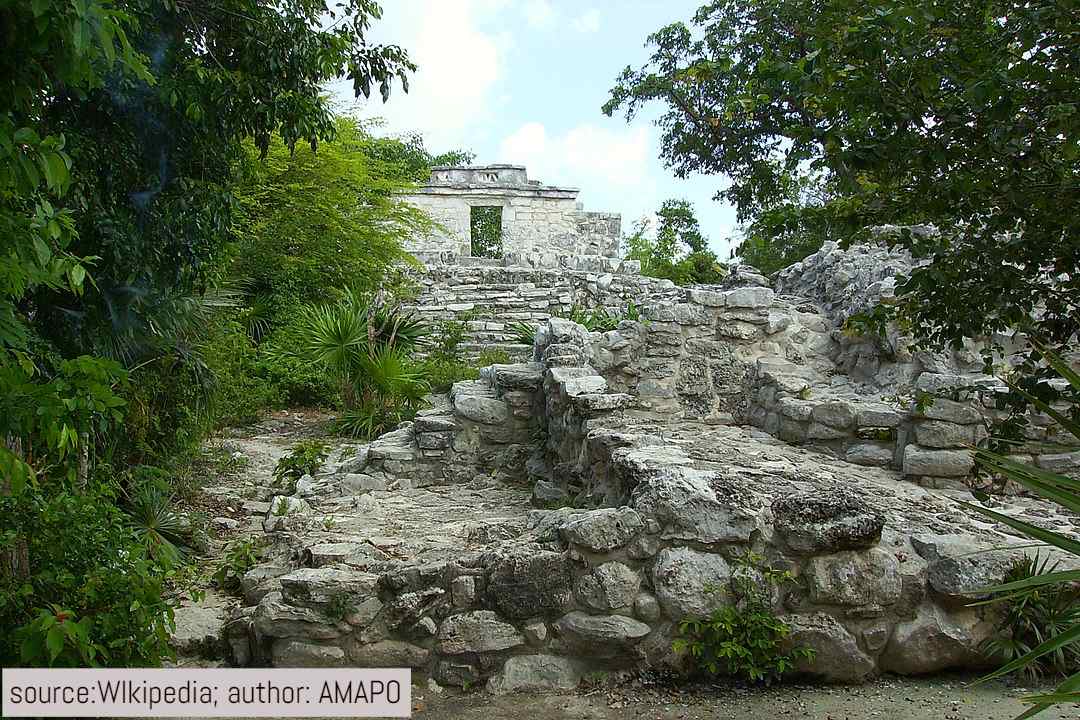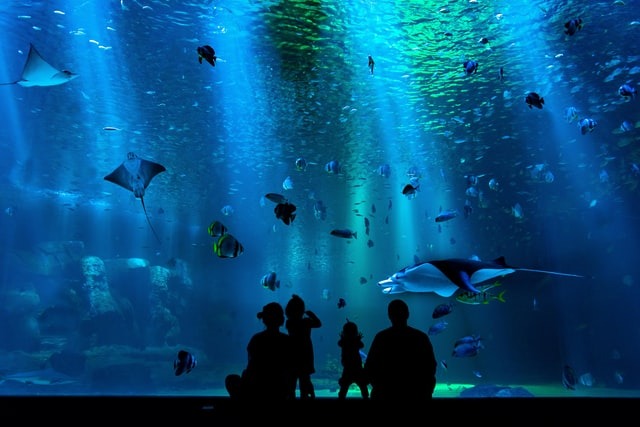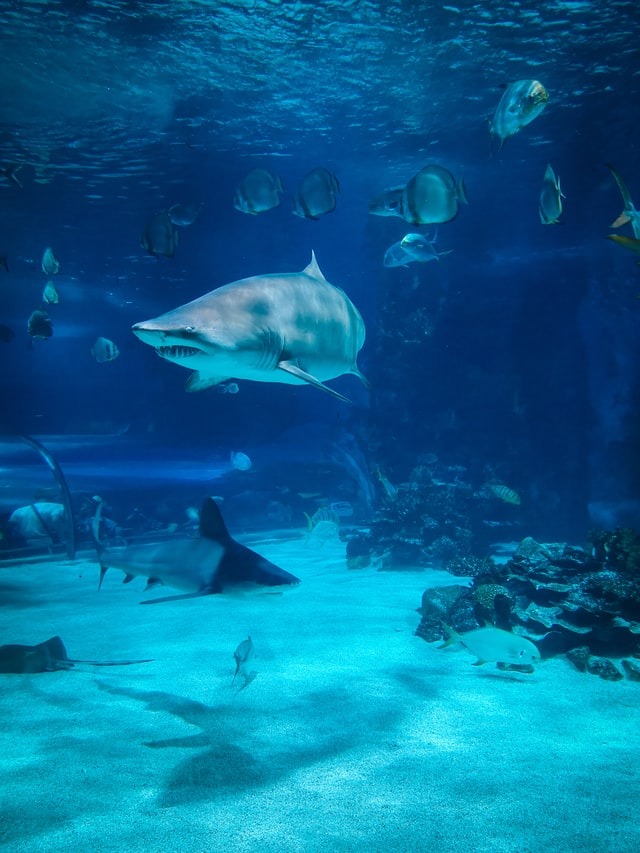Chichen Itza
Share this attraction
Back

Chichen Itza
Cancun
Chichen Itza - the most important information
Chichen Itza was a large pre-Columbian city built by the Maya people of the Terminal Classic period. The archeological site is located in Tinúm Municipality, Mexico. Chichen Itza was a major focal point in the Northern Maya Lowlands from the Late Classic (c. AD 600–900) through the Terminal Classic (c. AD 800–900) and into the early portion of the Postclassic period (c. AD 900–1200). Chichen Itza was one of the largest Maya cities and it was likely to have been one of the mythical great cities, or Tollans referred to in later Mesoamerican literature. The land under the monuments had been privately owned until 29 March 2010, when it was purchased by the state of Yucatán.
History of the Chichen Itza
The history of this site is very colorful so we will try to sum it up. The layout of the Chichen Itza site core developed during its earlier phase of occupation, between 750 and 900 AD. Its final layout was developed after 900 AD, and the 10th century saw the rise of the city as a regional capital controlling the area from central Yucatán to the north coast, with its power extending down the east and west coasts of the peninsula. The earliest hieroglyphic date discovered at Chichen Itza is equivalent to 832 AD, while the last known date was recorded in the Osario temple in 998. Later on, there was the occupation by Spain and that ended up with the Spanish crown later issuing a land grant that included Chichen Itza and by 1588 it was a working cattle ranch. In 1894 the United States Consul to Yucatán, Edward Herbert Thompson, purchased the Hacienda Chichén, which included the ruins of Chichen Itza. For 30 years, Thompson explored the ancient city. His discoveries included the earliest dated carving upon a lintel in the Temple of the Initial Series and the excavation of several graves in the Osario (High Priest's Temple). Thompson is most famous for dredging the Cenote Sagrado (Sacred Cenote) from 1904 to 1910, where he recovered artifacts of gold, copper, and carved jade.
What to see in Chichen Itza?
Chichen Itza is the most famous of all the great Mayan cities. This is somewhat ironic because its most famous structures do not have a typical Classic Mayan architecture but show strong influences from other civilizations from Central Mexico. At this site, you can see numerous ancient buildings, and here are just some of them:
- Casa Colorada, (Spanish for “Red House”), is one of the best-preserved buildings at Chichen Itza.
- Temple of the Bearded Man or the North Temple is a small masonry building with detailed bas-relief carvings on the inner walls, including a center figure that has carving under his chin.
- La Iglesia, named la Iglesia (the Church) by the Spanish, probably because it was located right next to the Nunnery, this temple is one of the oldest buildings at Chichén Itzá.
- Tomb of the High Priest or Osario Temple is a step-pyramid temple with staircases on each side.
- The Sacred Cenote is a sinkhole that is connected to Chichen Itza by a raised pathway. This large natural well may have given Chichén Itzá (“Well of the Itzáes”) its name.
- Temple of the Skulls, alongside the Great Ball Court, is the Tzompantli (Temple of the Skulls), one of the most gruesome temples in Chichen.
- Main Ball Court: Chichen Itza contains no less than 8 ball courts, but the Main Ball Court is by far the most impressive. At 166 by 68 meters, it is the largest ball court in Mesoamerica.
- El Caracol or Observatory is a round building on a large square platform dating to around 906 AD.
- Temple of the Warriors is a large stepped pyramid that was named after the surrounding carved columns depicting warriors.
- Temple of Kukulkan: Located in the center of an open court stands the Temple of Kukulkan, also referred to as El Castillo (the castle in Spanish).
How to get to Chichen Itza?
If you are in Cancun you have the best chance to visit Chichen Itza. We are suggesting taking one of the Chichén Itzá tours or hiring a car. The journey takes around two to three hours by car. You can fly direct from Gatwick with British Airways or Virgin as well as with Condor Airlines from Manchester.
How much does it cost to visit Chichen Itza?
If you are interested in visiting this site, it would be best to prebook an official tour. The official tour price depends on the time and things you would like to see here. Prices start at 60 dollars and go up to 645 USD. We suggest you check them out on the Chichen Itza official website and book your tour now.
Chichen Itza trivia:
- Chichen Itza is classified as one of the New Seven Wonders of the World and in 1988 was enlisted as a UNESCO World Heritage Site.
- The term Chichen Itza means ‘the mouth at the well of Itza’. It is believed Itza means ‘water magicians’, deriving from the Mayan Itz for ‘magic’ and á for ‘water’.
- El Castillo (the Temple of Kukulkan) is the famous pyramid that dominates the site of Chichen Itza and it actually sits on another much older temple.
- Believed by archaeologists to have been a powerful economic city around 600 AD, the fall of Chichen Itza is thought to have been approximately 1000 AD.
- The design and layout of Chichen Itza were clearly well planned and builders constructed temples and pyramids in sets of clusters.
- Many of the sites in Chichen Itza are known for their unusual sounds. If you clap once from one end of the Ball Court, it produces nine echoes in the middle of the court. Additionally, a clap in front of the Kukulkan Pyramid creates an echo resembling the serpent’s chirp.
- During the Spring (20th of March) and Autumn Equinox (22nd September), sun rays create a shadow across the Kukulkan Pyramid that gives the appearance of a serpent slithering down the staircase.
- The ruins of Chichen Itza are federal property, and the site's stewardship is maintained by Mexico's Instituto Nacional de Antropología e Historia.
- There have been two later expeditions to recover artifacts from the Cenote Sagrado, in 1961 and 1967. The first was sponsored by National Geographic, and the second was by private interests.
- The city may have had the most diverse population in the Maya world, a factor that could have contributed to the variety of architectural styles at the site.
Location
Learn more about this destination
Discover the beauty of the destination through blogs that highlight the most famous landmarks, hidden gems, and provide travel tips for visiting this destination. Embark on an adventure through the stories of experienced travelers.
















